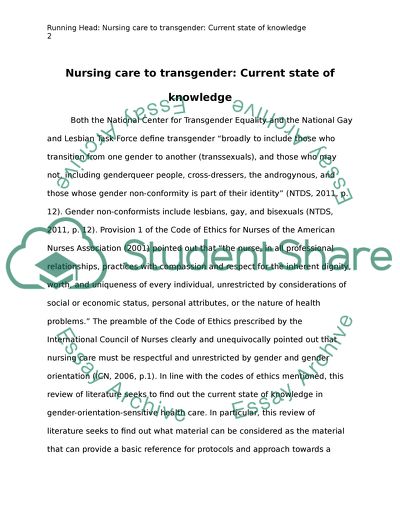Cite this document
(“Nursing care to transgender Research Paper Example | Topics and Well Written Essays - 4250 words”, n.d.)
Retrieved from https://studentshare.org/nursing/1400523-nursing-care-to-transgender
Retrieved from https://studentshare.org/nursing/1400523-nursing-care-to-transgender
(Nursing Care to Transgender Research Paper Example | Topics and Well Written Essays - 4250 Words)
https://studentshare.org/nursing/1400523-nursing-care-to-transgender.
https://studentshare.org/nursing/1400523-nursing-care-to-transgender.
“Nursing Care to Transgender Research Paper Example | Topics and Well Written Essays - 4250 Words”, n.d. https://studentshare.org/nursing/1400523-nursing-care-to-transgender.


